Strategic cuts to transportation costs start with internal data visibility. Armed with this, you can leverage external expertise and data sets to determine the smartest, most cost-effective and most resilient shipping operations for your business.
“The supply chain is broken.” We have heard that phrase multiple times a day for the past couple of years. A series of global economic disruptions has caused deep concern about the economy, with some companies making proactive steps towards cutting costs.
Your company may be one of them. How are you making those decisions? Are they primarily reactive or proactive? Will the decisions you make have the intended results? There are three key steps companies can go through to help better understand and support their supply chains, and all flow through your internal data visibility.
The first step is to take a strong look at your systems’ data and understand the story it tells about your company’s operations and supply chain:
- What are the leading indicators of your performance? What are the lagging indicators?
- What are your transportation costs compared to the market average?
- What drives the majority of those costs? Are they fixed or variable?
- What is your data visibility into your procurement strategy?
- Do you have unnecessary redundancy in your supply chain network?
Once you get answers to questions like those above, now you can begin to understand your visibility gaps. Many companies are using these data points to move away from a “lean supply chain” that doesn’t have the ability to cope with disruptions and toward more decentralized designs that allow for more agility.
This takes us to step number two: The companies having optimal success with this transformation seek expert assistance from external partners. Industry experts can utilize additional data visibility aggregators and best practices to strengthen your supply chain and create efficiencies you otherwise would not have known possible.
In March of 2022, the White House proposed FLOW (Freight Logistics Optimization Works), an information sharing initiative to create better supply chain data visibility. Here at Transportation Insight, we are doing our own work to create more data visibility through our Beon Digital Logistics Platform.
The final piece is to take those findings and determine which components of your supply chain are most efficiently executed in-house and what components could be outsourced/co-managed with external partners.
The end goal is to build end-to-end supply chain visibility and—with that visibility—an end-to-end supply chain strategy. Shippers who leverage Transportation Insight products and expertise optimize their procurement operations benefit from the following cost savings:
- TMS efficiencies: 3-5%
- Freight and parcel audit error corrections: 1-2%
- Consolidation/aggregation of locations/lanes: 3-5%
- Analytics and business intelligence: 2-4%
- Freight cost: 5-10%
- Parcel optimization (contract optimization, rate shop, proactive address verification): 8-10%
In this macroeconomic environment, many companies are looking to shed fixed costs. By leveraging data and partnering with outside resources, you can determine the right elements of your supply chain to associate with fixed costs and which can be handled as variable costs. And make your company more agile and resilient as a result.








